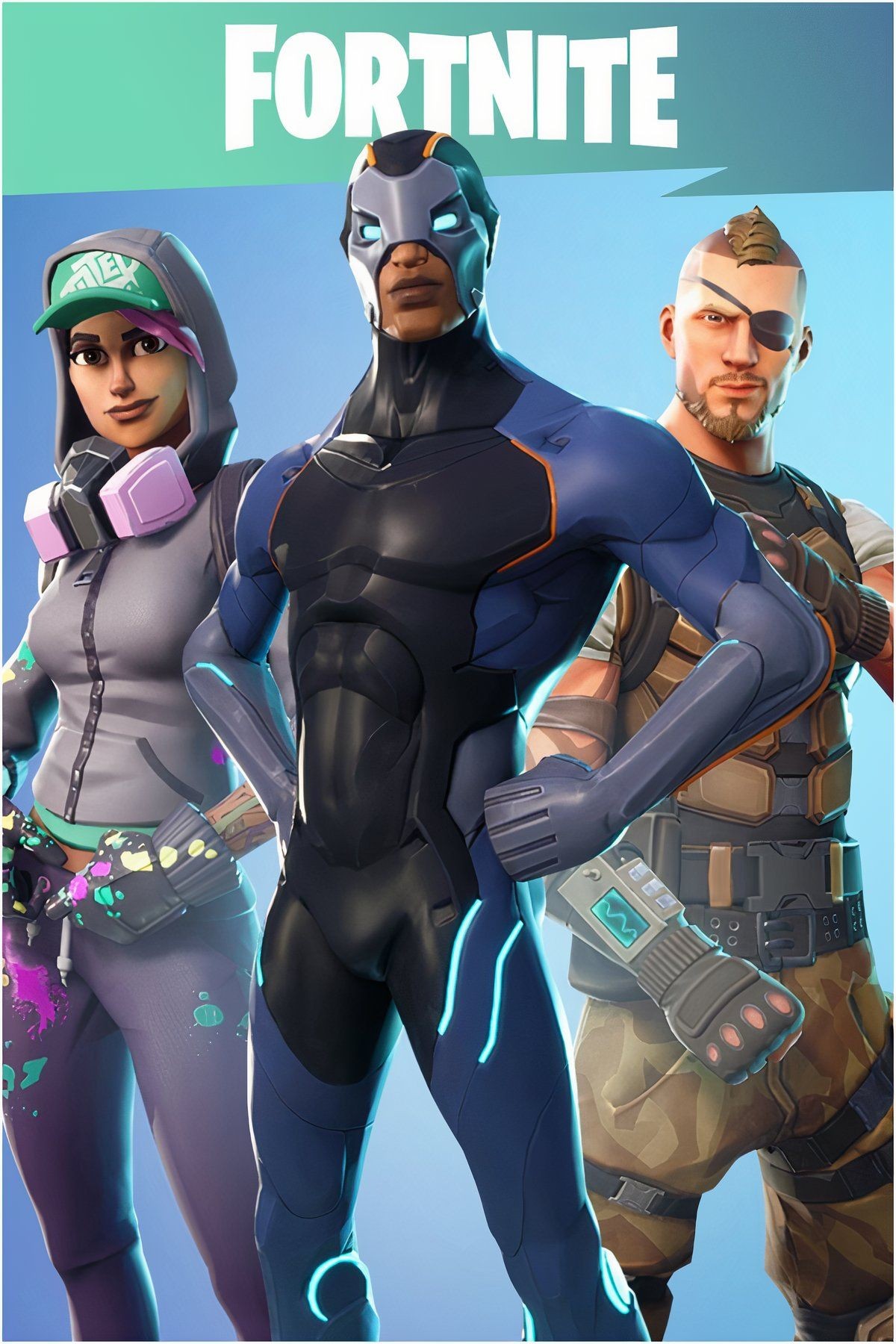The Fortnite OG update was met with widespread acclaim, injecting a surge of nostalgia and excitement for both veteran players and newcomers alike. However, the celebratory atmosphere has been somewhat dampened by a controversial decision: the return of the Renegade Raider skin. This once ultra-rare cosmetic item has resurfaced, causing a significant rift within the Fortnite community, with many veteran players expressing their discontent and even threatening to abandon the game. The question on everyone’s mind is: why did Fortnite add Renegade Raider back, and what are the consequences?
Veteran Players’ Disappointment: Loss of Rarity and Exclusivity
For long-time Fortnite players, the Renegade Raider skin held a special significance. Originally available in the Season 1 Battle Pass, it was a mark of dedication and early adoption, a visual testament to a player’s history with the game. Its rarity became a point of pride, a symbol of OG status that distinguished veterans from newer players. The sudden reintroduction of Renegade Raider, even with an exclusive “OG style” variant for original owners, has been perceived by many as a betrayal of this exclusivity. These dedicated fans feel that Epic Games has diminished the value of their long-term commitment, arguing that some items should remain exclusive to preserve the game’s history and reward early supporters. The outrage is palpable, with some veteran players voicing their disappointment and declaring they may quit Fortnite altogether due to this perceived devaluation of rare cosmetics.
New Players’ Mixed Reactions: OG Style Concerns and Account Selling Implications
Interestingly, the discontent isn’t limited to veteran players. Newer Fortnite players also have mixed feelings about the Renegade Raider’s return. While some appreciate the opportunity to acquire a previously unavailable skin, others question the logic behind introducing an “OG style.” This exclusive variant, intended to appease original owners, inadvertently highlights the artificial scarcity and raises questions about fairness. Furthermore, a significant concern among both new and old players revolves around the potentially inflated value of Fortnite accounts that possess the original Renegade Raider skin with the OG style. The return of Renegade Raider, even with a variant, is seen by some as indirectly supporting the black market for Fortnite accounts, where rare skins command exorbitant prices. Players worry that this decision could further incentivize account selling, creating an uneven playing field and undermining the game’s intended cosmetic system.
Speculating Epic Games’ Rationale: Nostalgia, Revenue, and Player Engagement
While Epic Games hasn’t explicitly stated their reasoning for bringing back Renegade Raider, several potential motivations can be inferred. Firstly, the Fortnite OG season itself is built on nostalgia, capitalizing on players’ fond memories of the game’s early days. Reintroducing iconic skins like Renegade Raider aligns with this nostalgic theme, potentially drawing back lapsed players and generating hype. Secondly, from a business perspective, the return of Renegade Raider is undoubtedly a lucrative move. Despite the backlash, many players, both new and old (who might have missed it originally), are likely to purchase the skin, boosting Epic Games’ revenue. Finally, reintroducing a controversial item like Renegade Raider can be a deliberate strategy to spark discussion and engagement within the community. The ensuing debate, while heated, keeps Fortnite in the spotlight and generates social media buzz, ultimately maintaining player interest and activity.
 Fortnite Tag Page Cover Art
Fortnite Tag Page Cover Art
In conclusion, the decision to bring back Renegade Raider in Fortnite OG is a complex one with significant ramifications. While Epic Games likely aimed to capitalize on nostalgia and generate revenue, it has inadvertently ignited a firestorm within the community. The outrage from veteran players regarding the loss of exclusivity, coupled with new players’ concerns about fairness and account selling, highlights the delicate balance between introducing new content and respecting the game’s history and loyal player base. Whether the benefits outweigh the community backlash remains to be seen, but the Renegade Raider controversy serves as a crucial case study in the evolving dynamics of cosmetic rarity and player sentiment in live-service games.
